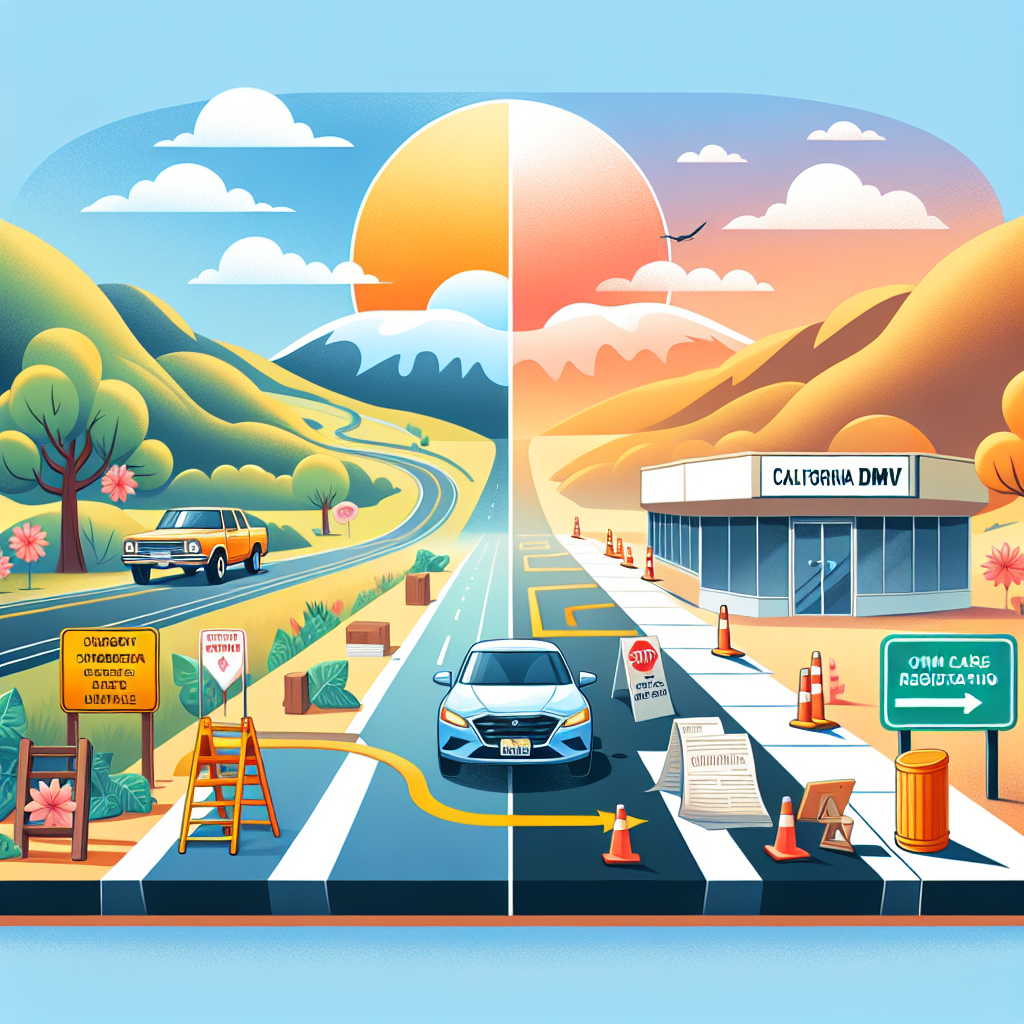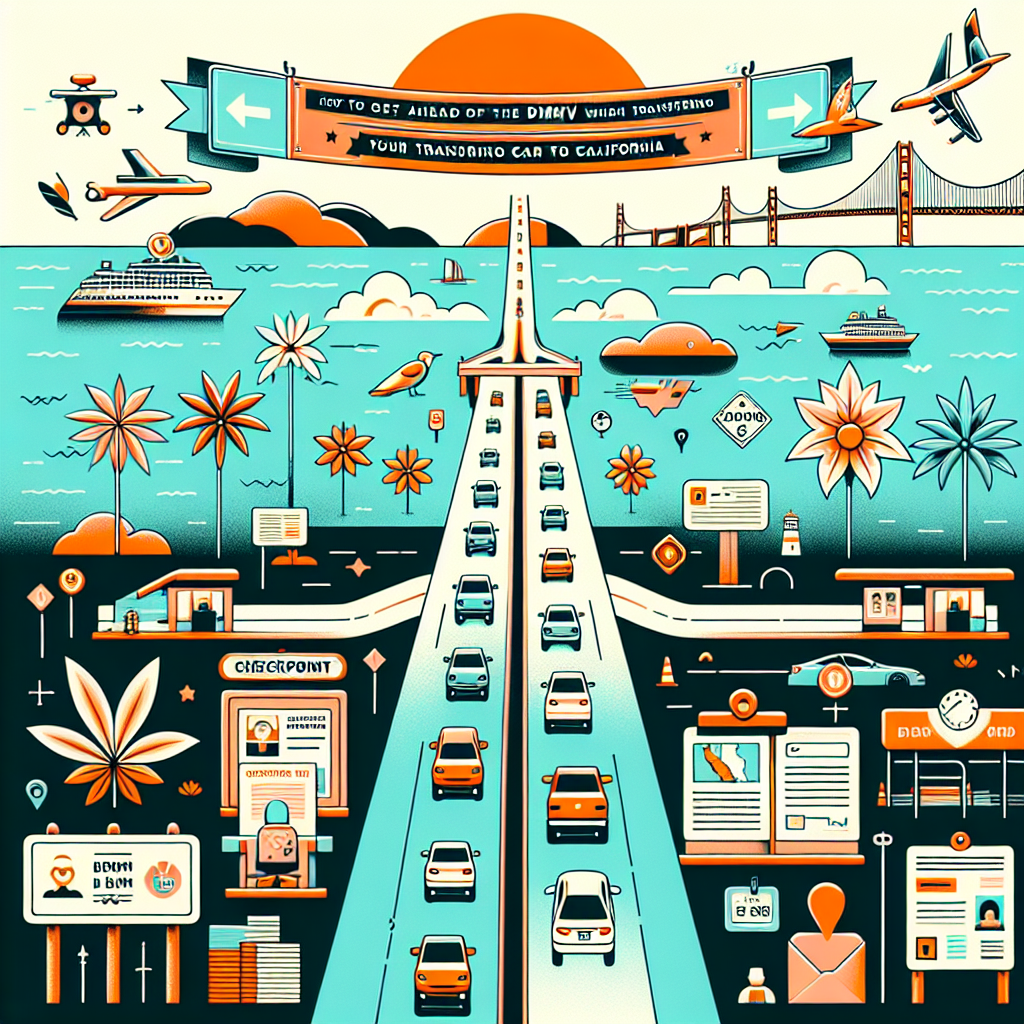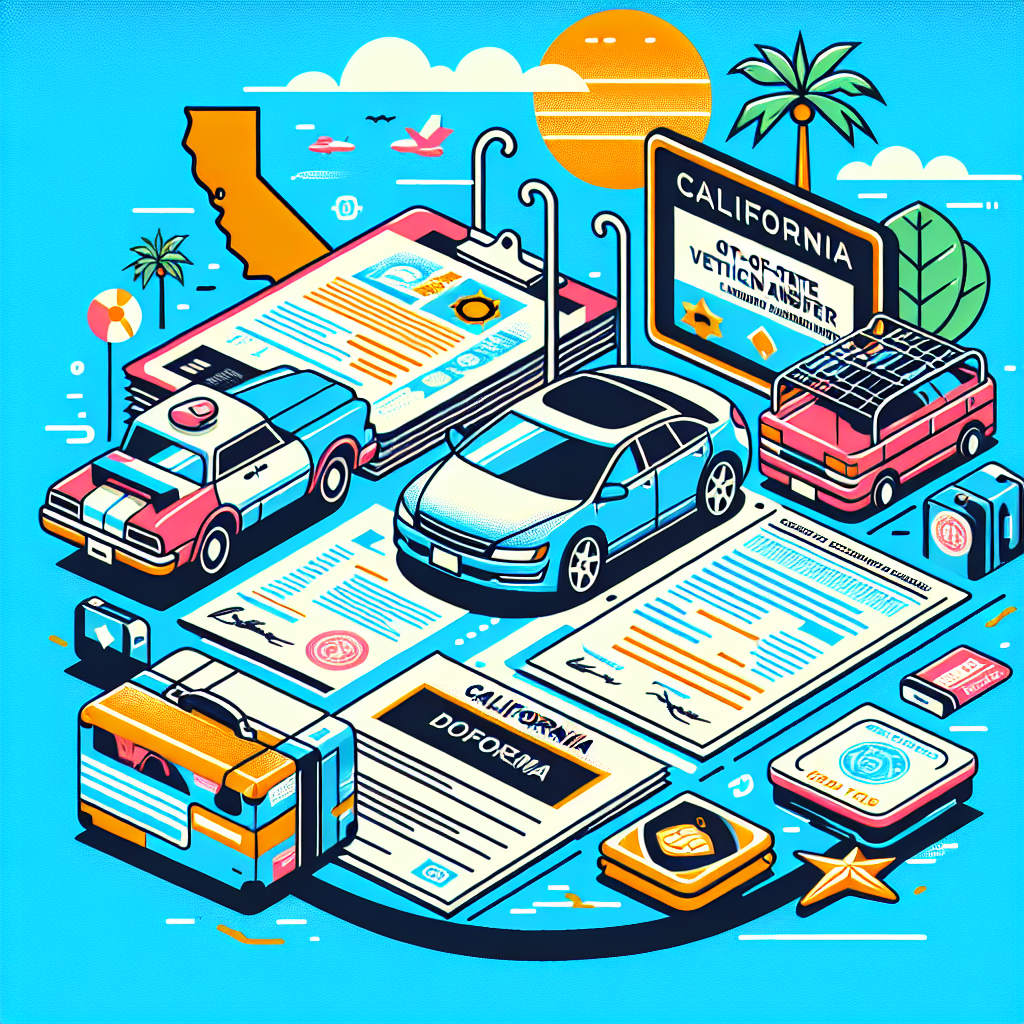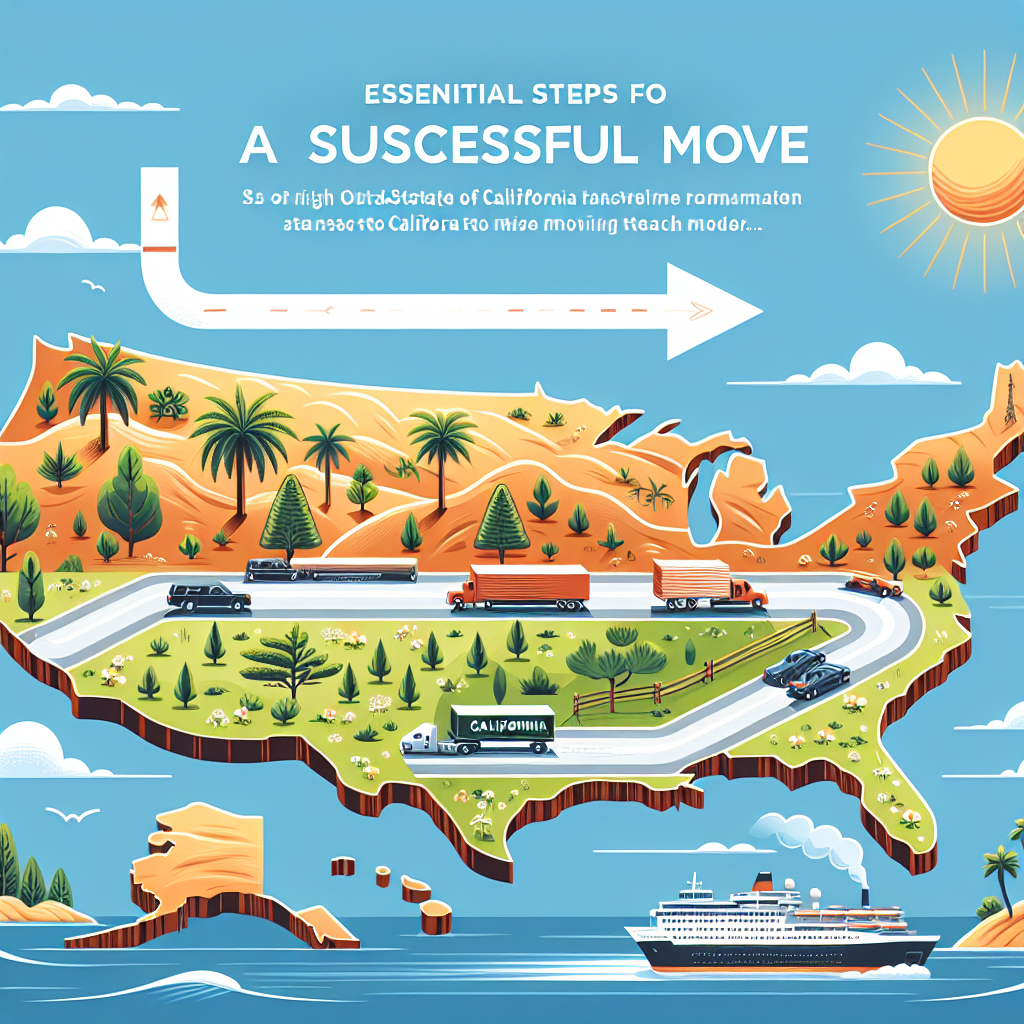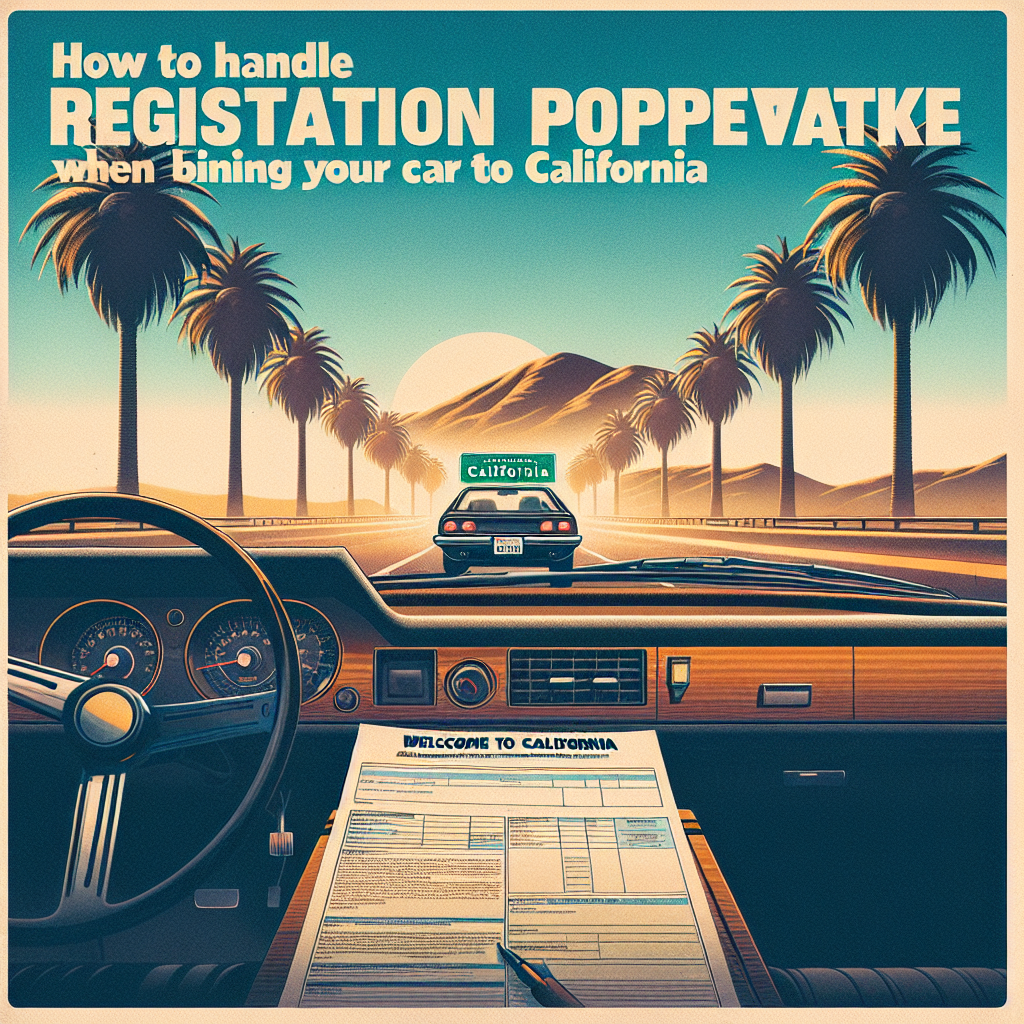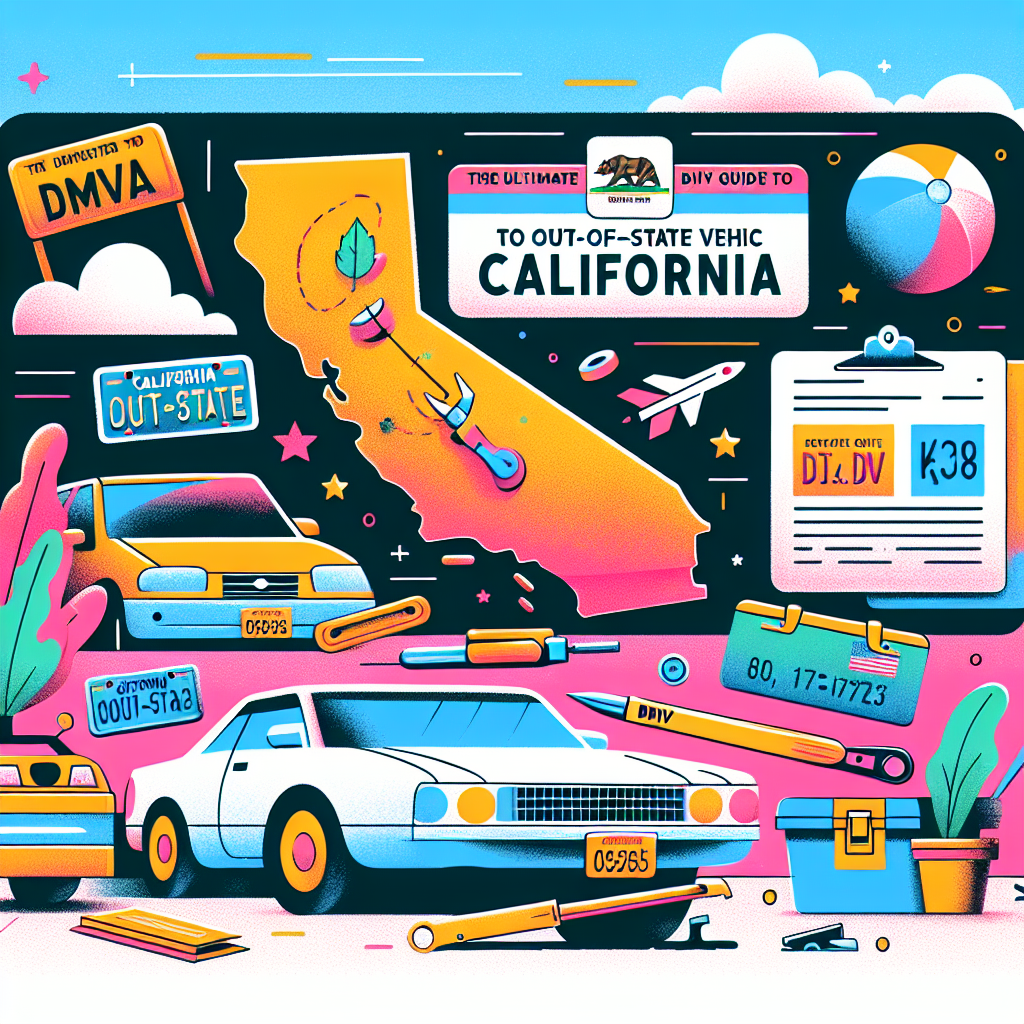How to Make Registering Your Car in California Easy
Introduction
Moving to a new state can be really stressful, especially when it comes to registering your car. California has its own set of rules, which can make things tricky. In this blog, we’ll help you understand California’s car registration rules so you can have an easier time.
Know What the California DMV Wants
To make sure everything goes smoothly, learn about what California’s DMV needs. Start by getting the important papers ready:
- Proof of ownership: You’ll need your car’s title.
- Proof of insurance: Make sure it matches California’s rules.
- Smog test: You’ll need to make sure your car passes this test to help keep the air clean.
Remember, if you’re new to California, you must register your car within 20 days of moving.
Get Your Car Checked and Certified
Before you can drive legally in California, your car needs:
- Smog Check: California requires this to help control pollution. Find an approved place to do it.
- VIN Check: You need to have your car’s Vehicle
Identification Number verified, which you can do at the DMV or some other
places.
Gather All Your Papers
Make sure you have all the right paperwork:
- California DMV Form REG 343: Fill out this form for title or registration.
- Old registration documents: Bring papers from your last state.
- Insurance proof: Make sure your plan meets California laws.
Double-check everything to avoid extra trips to the DMV.
Get Through the DMV Process
You can have an easier time at the DMV by doing this:
- Make an appointment: Call or go online to set a time so you won’t wait too long.
- Check online options: You might be able to do some
things on the DMV website to save time. - Bring a list: Make sure you have all your papers, inspection reports, and money for fees with you.
Know About Fees and Taxes
Be ready to pay some fees:
- Regular fees: These are for registering and transferring your car’s title.
- Sales and use tax: This depends on how much you paid for the car and where you bought it, but sometimes there are exceptions.
How to Solve Common Problems
Get ready for problems before they start:
- Lost titles or missing papers: Call your old state’s DMV to get new ones.
- Smog test issues: If your car doesn’t pass, work with a mechanic to fix the problem and test it again.
- Late registration: Keep track of the dates and stay on top to avoid fines.
Use Helpful Resources and Services
If this is all too much, you can use services that specialize in DMV tasks. There are websites and local resources that can help make the process easier.
Conclusion
Registering your car in California doesn’t have to be hard. Start early, get your documents together, learn the steps, and use all the resources you can. By following these steps, you’ll have an easier time getting on California’s roads.
Additional Resources
Here are some places to go for more help:
- California DMV Website
- Local DMV Offices
- Approved third-party service providers
At Tags Clinic, we make your move smoother. Visit us, call, or book online for expert help with your car registration. We’re here to take the stress out of registering your car!
Call to Action
Ready for a stress-free car registration experience? Don’t hesitate, visit us at Tags Clinic at 3845 University Ave, San Diego, CA or give us a call at 619-777-9046. You can also visit our website at tagsclinic.com. We’re here to make your transition as smooth as possible!
